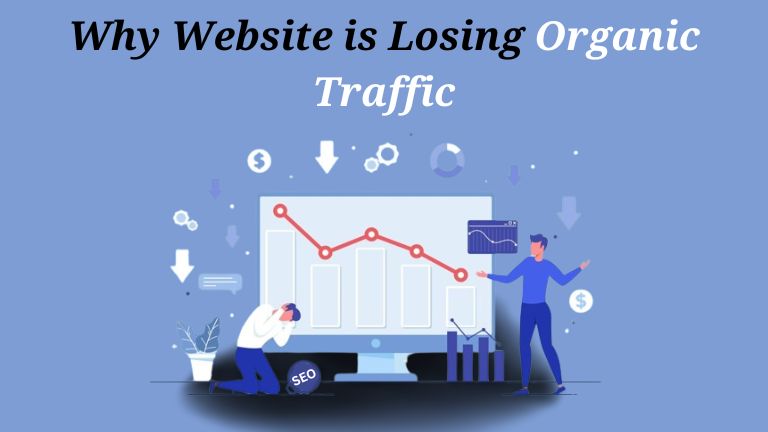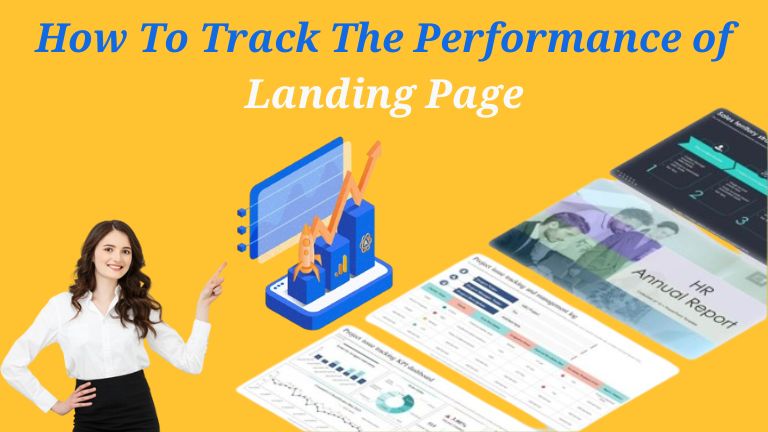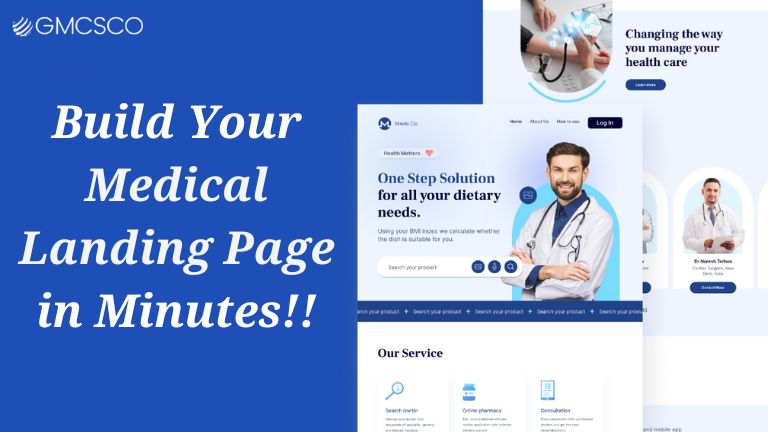Reasons Why Your Website Is Losing Organic Traffic In 2024
There are multiple reasons why you might observe a decline in your organic traffic. Numerous studies confirm that SEO is one of the most effective web marketing strategies. Despite its many advantages, certain factors can undermine your SEO efforts, causing your strategy to falter even if it has been successful for years. Below, we discuss the 9 primary reasons your SEO strategy may not be delivering the expected results and why your website’s organic traffic might be dropping. How to Detect a Decrease in Organic Google Search Traffic Anyone aiming to implement a successful strategy will eventually consider KPIs and tools for performance tracking. These are crucial for spotting changes and taking swift corrective actions. Therefore, we recommend utilizing these two robust Google tools, and combining them with others, to gain a comprehensive view of your site’s performance. Google Analytics for Comprehensive Traffic and Conversion Insights Your traffic and conversions serve as key indicators of your SEO strategy’s effectiveness. Google Analytics enables you to monitor leads generated from organic traffic and the consequent revenue. By pinpointing the top-ranking pages that drive the most traffic, you can fine-tune your marketing efforts accordingly. Linking your website to your Google Analytics account from launch or during a redesign is vital to start gathering data as early as possible. Google Search Console Crucial for any SEO specialist, Google Search Console (formerly Google Webmaster Tools) enables you to monitor the progression of various KPIs and make swift adjustments to your website with just a few clicks. It’s the sole tool that provides accurate click-through rates (CTR) from organic traffic. You can accurately determine: The keywords your website ranks for and which ones drive the most traffic; The tracking of your rankings based on strategic keywords; The CTR of different links. Low CTR may indicate a need to better optimize your Title and Meta tags; The various backlinks to your website and evaluate the effectiveness of your link-building strategy. This tool also allows you to quickly identify errors in your sitemap.xml or robots.txt files, detect if your site has been penalized by Google or even hacked. Reasons for a Drop in SEO Traffic Recent Updates to Google Algorithms A sudden decline in traffic might indicate a change in Google’s algorithms. Although Google announces forthcoming updates, it often does so vaguely, leaving the specifics unknown until websites feel the impact—whether it’s ranking changes or de-indexing. Some websites may remain unaffected. The most significant update this year has been the March 2024 Core Update, which introduced notable changes to Google’s indexing and ranking processes. This update aims to enhance search result quality by targeting low-quality and AI-generated content, leading to the deindexing of numerous sites that depended on such content. The update prioritizes high-quality, human-generated content to ensure users receive valuable and relevant information. Check your Google Search Console; if it aligns with this scenario, it indicates an official penalty from Google’s latest update. Your Website is Inaccessible If your website is not accessible to either Google or users, your SEO will suffer. Planning maintenance for midnight might seem smart, but Googlebots never sleep. While users might not be browsing, Googlebots could attempt to crawl your site, and if they fail, your site may be penalized. Additionally, if your website is extremely slow, visitors might abandon it for competitors. Studies indicate that 50% of visitors leave if a page takes more than 3 seconds to load. Thus, ensuring optimal website performance is crucial for your SEO. Crawling or Indexing Issues Ensure your website ranks correctly in search results by checking your file settings that guide crawling and indexing. The robots.txt and sitemap.xml files dictate which pages should be crawled or ignored. Also, examine server logs for valuable insights. A missing or incorrectly configured robots.txt file can prevent Googlebots from visiting your site, drastically reducing traffic. Similarly, errors in your sitemap.xml file could hinder URL indexing. Compare the URLs listed in your sitemap.xml with those actually indexed to identify discrepancies. Generative AI in Search Generative AI, like OpenAI’s ChatGPT, Google Gemini, and Microsoft’s AI integration in Bing, is revolutionizing search engine interaction. Unlike traditional search, generative AI provides direct answers, summaries, and can even engage in dialogues to refine responses. This conversational approach means users get detailed answers to complex queries without needing to visit multiple websites. AI customizes responses based on user preferences and context, enhancing relevance. However, this also means fewer users might click through to external sites, impacting click-through rates as AI-generated content increasingly satisfies search queries directly on the results page. Also Read About How to turn on Google AI Generative Search Right Now Your Competitors’ Websites Have Taken the Lead It’s the same struggle for everyone on Google (and in real life too!): staying ahead of your competitors. If you’re concerned about this, remember that your competitors are also in the same boat! Websites in the top 3 positions on the SERP capture 80% of all clicks. If your site was in the top 3 but has slipped to 4th or 5th place, you’ll quickly notice a decline in the organic traffic you were accustomed to. It’s even more severe if your site lands on the second page of search results, significantly affecting your traffic and visibility! Negative SEO Attack If you’re struck by Negative SEO, it could be the result of someone deliberately trying to harm your site. The objective of such an attack is to outrank and deindex your website. Who stands to gain from your site’s deindexing? Likely your competitors. Why? Because deploying Negative SEO tactics against a website requires time, effort, and sometimes even money – but for some, the chance to outrank industry leaders makes it worthwhile! A Negative SEO attack is tough to predict, but here are some tips to help you quickly spot one: Regularly audit your website. Keep a constant watch on your backlink profile. Frequently check for duplicate content that might be copied from your site. Negative SEO actions can quickly undo the reputation
Reasons Why Your Website Is Losing Organic Traffic In 2024 Read More »







